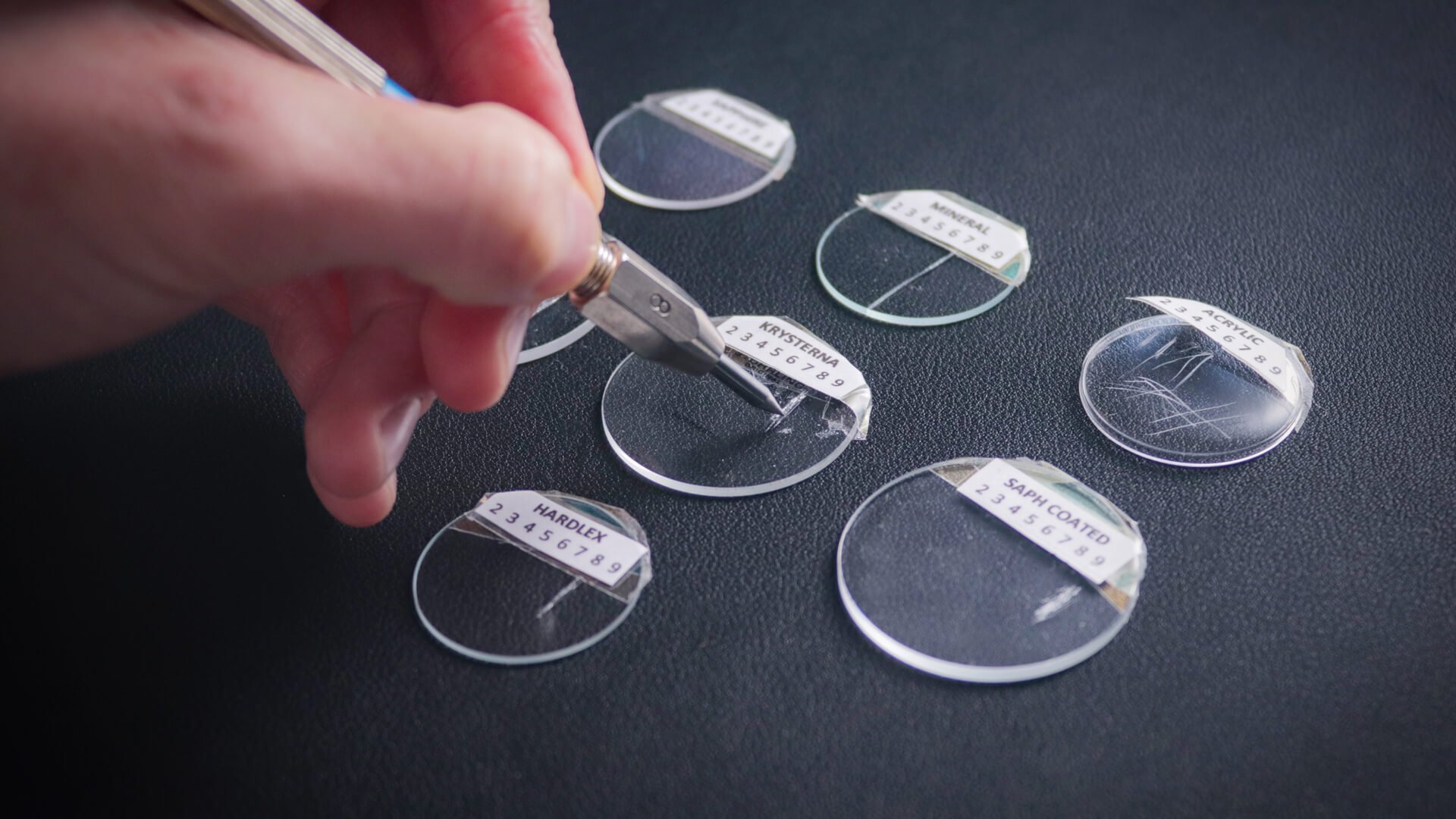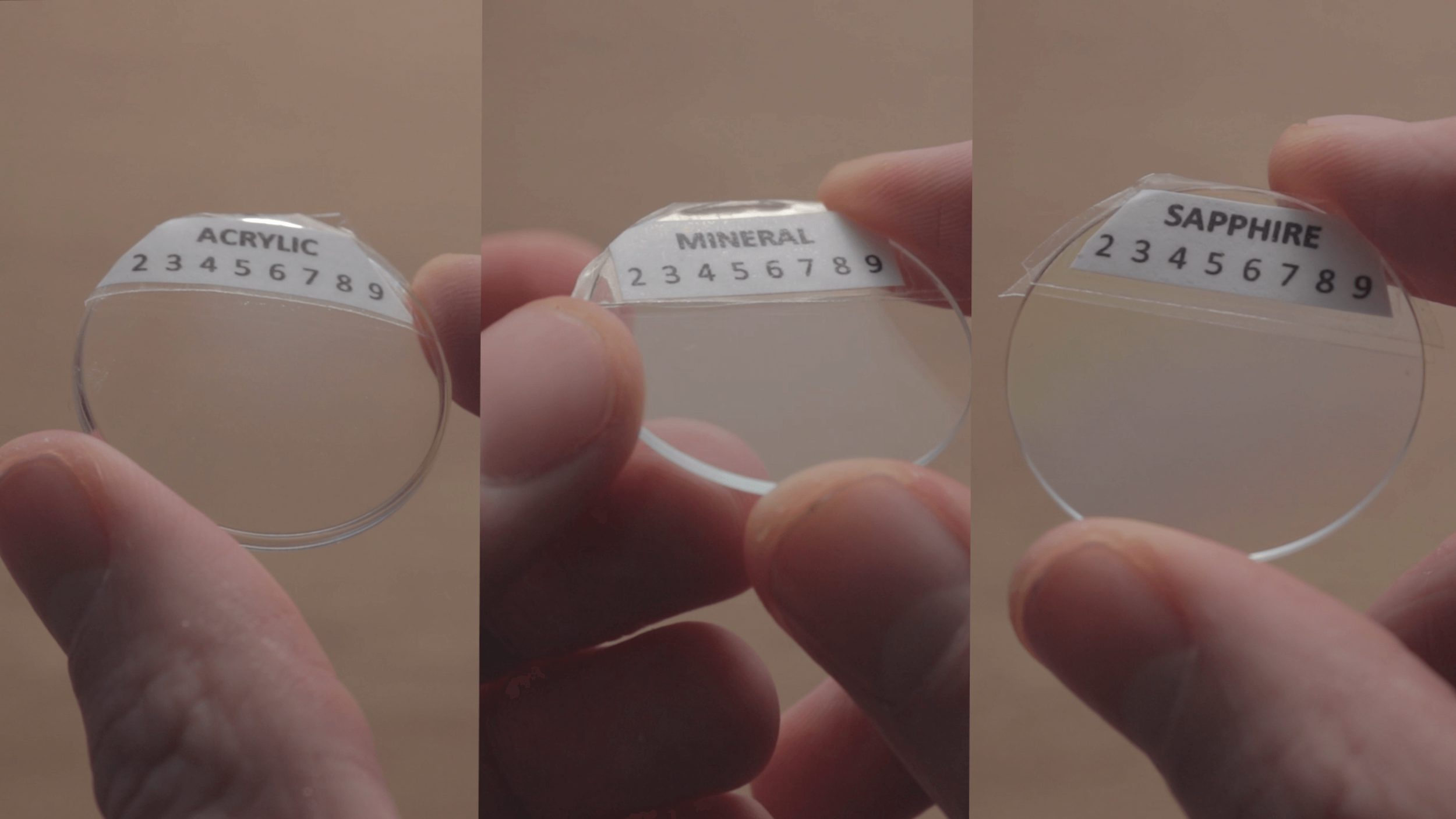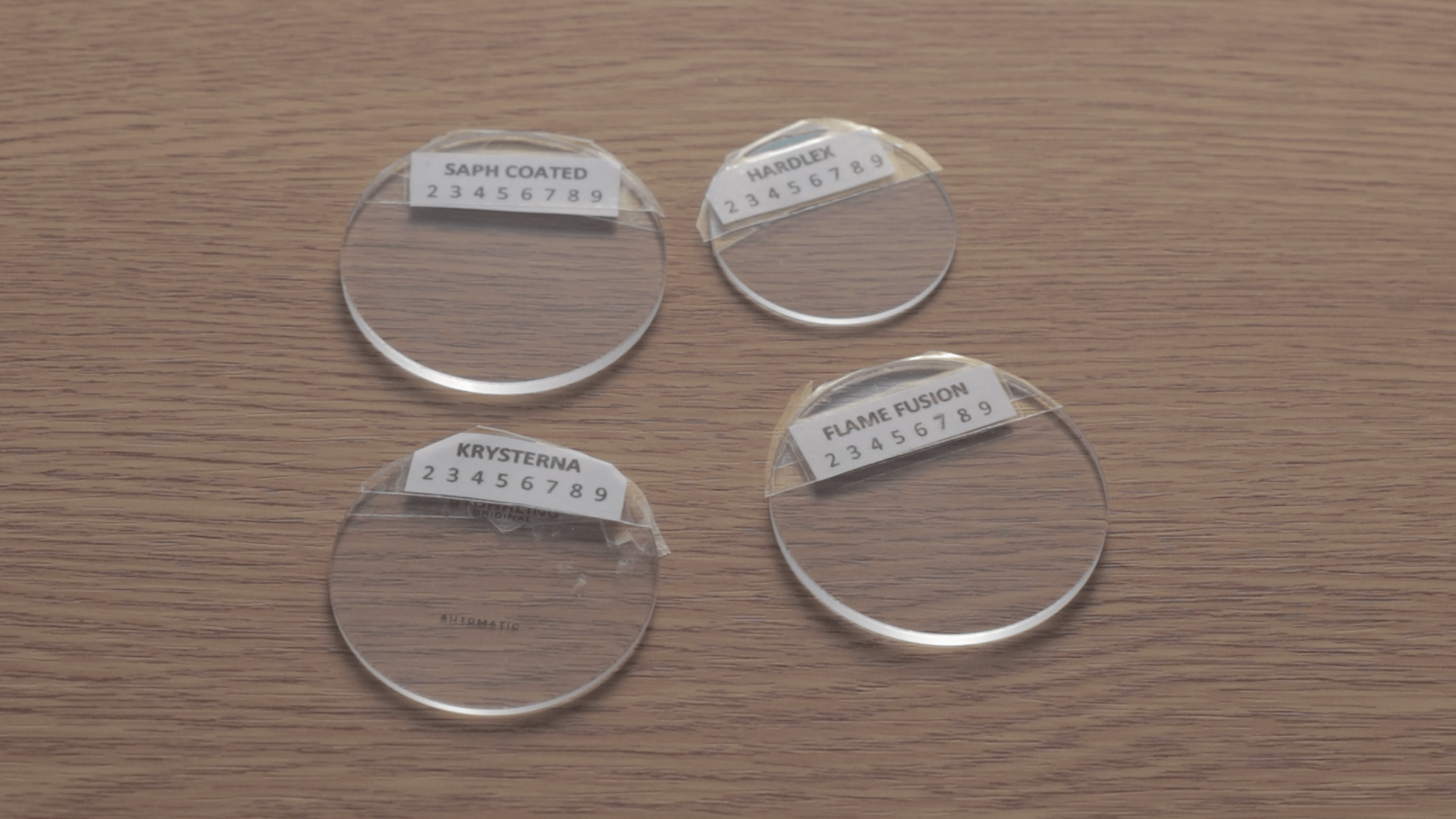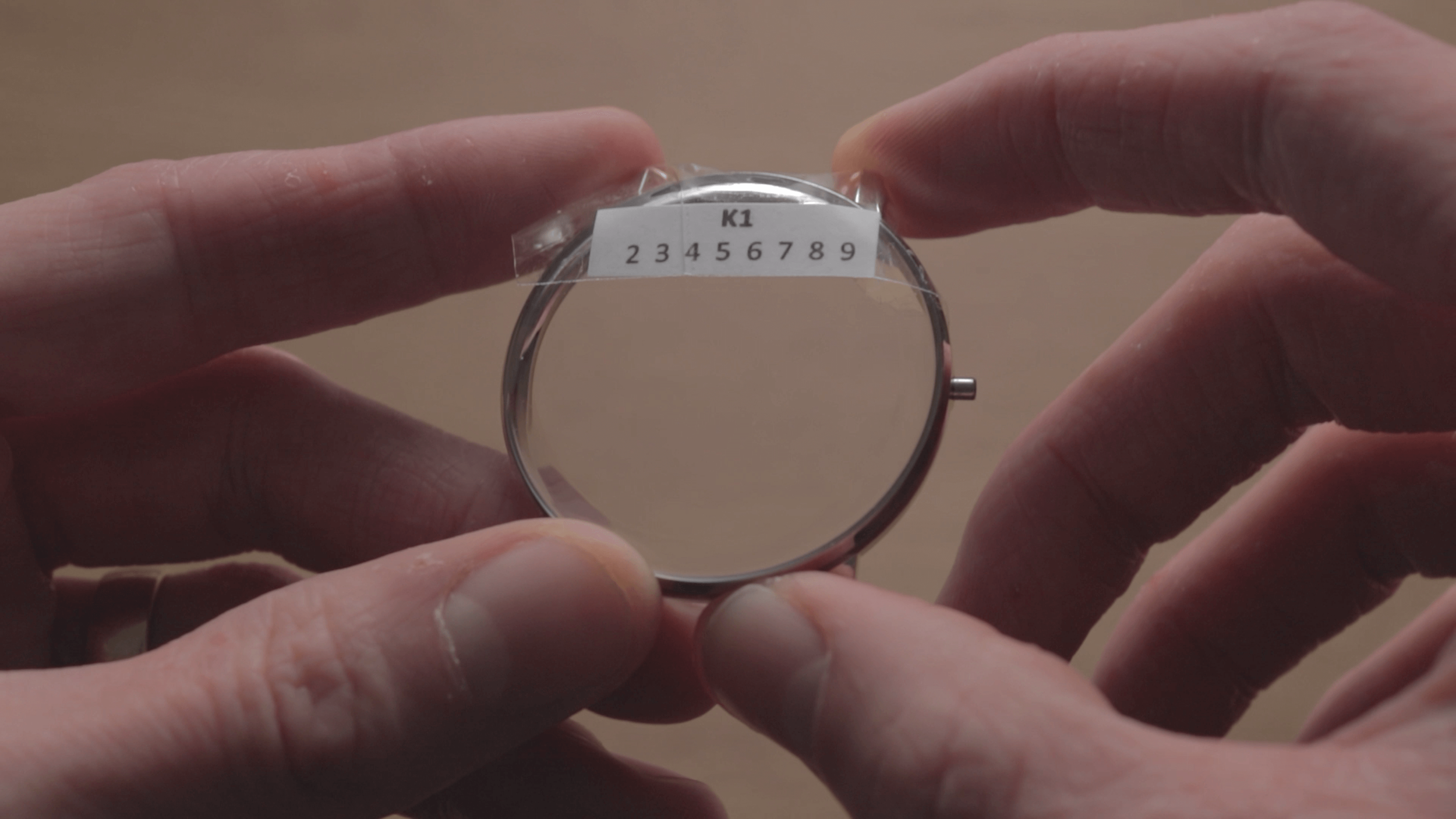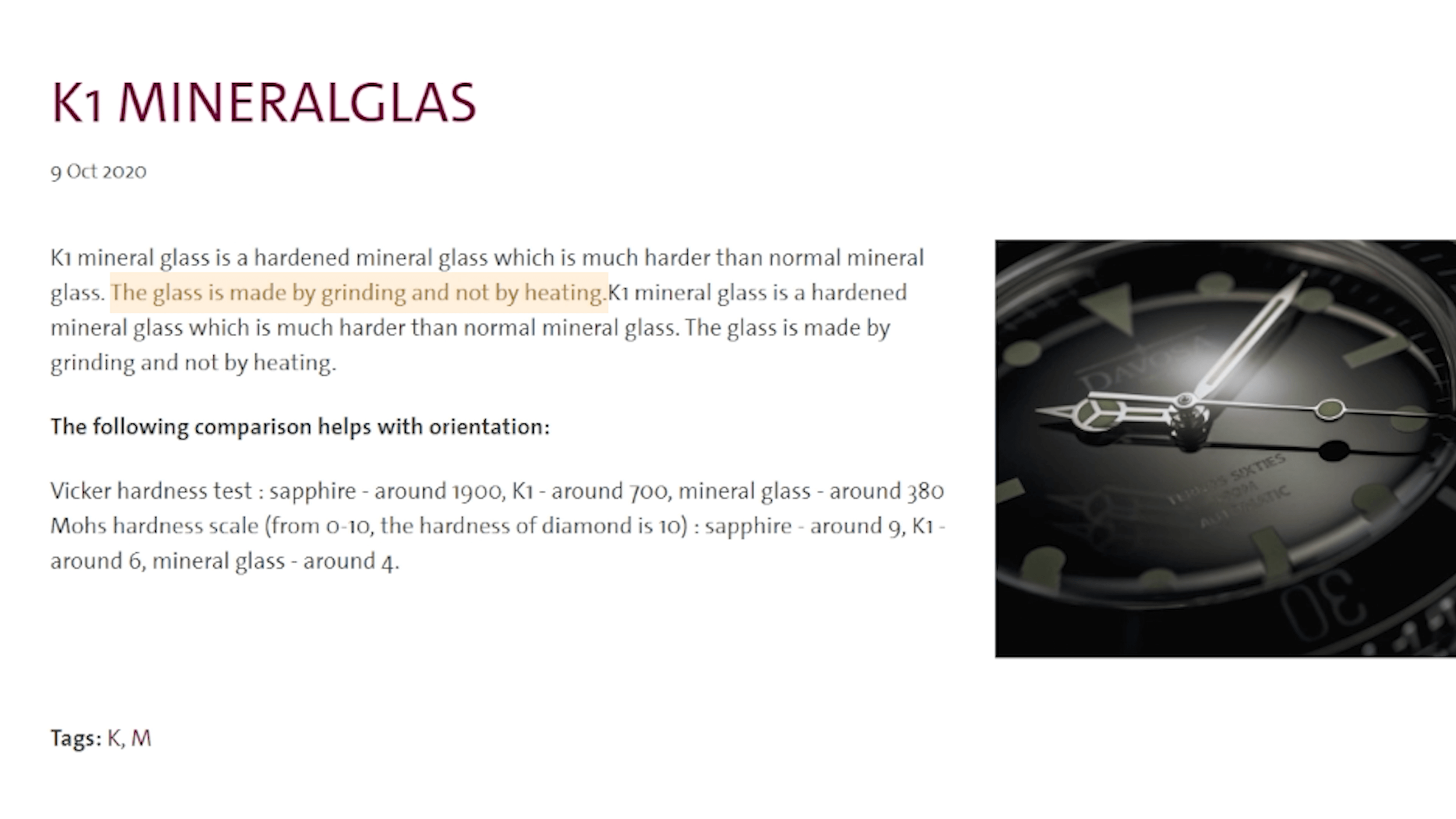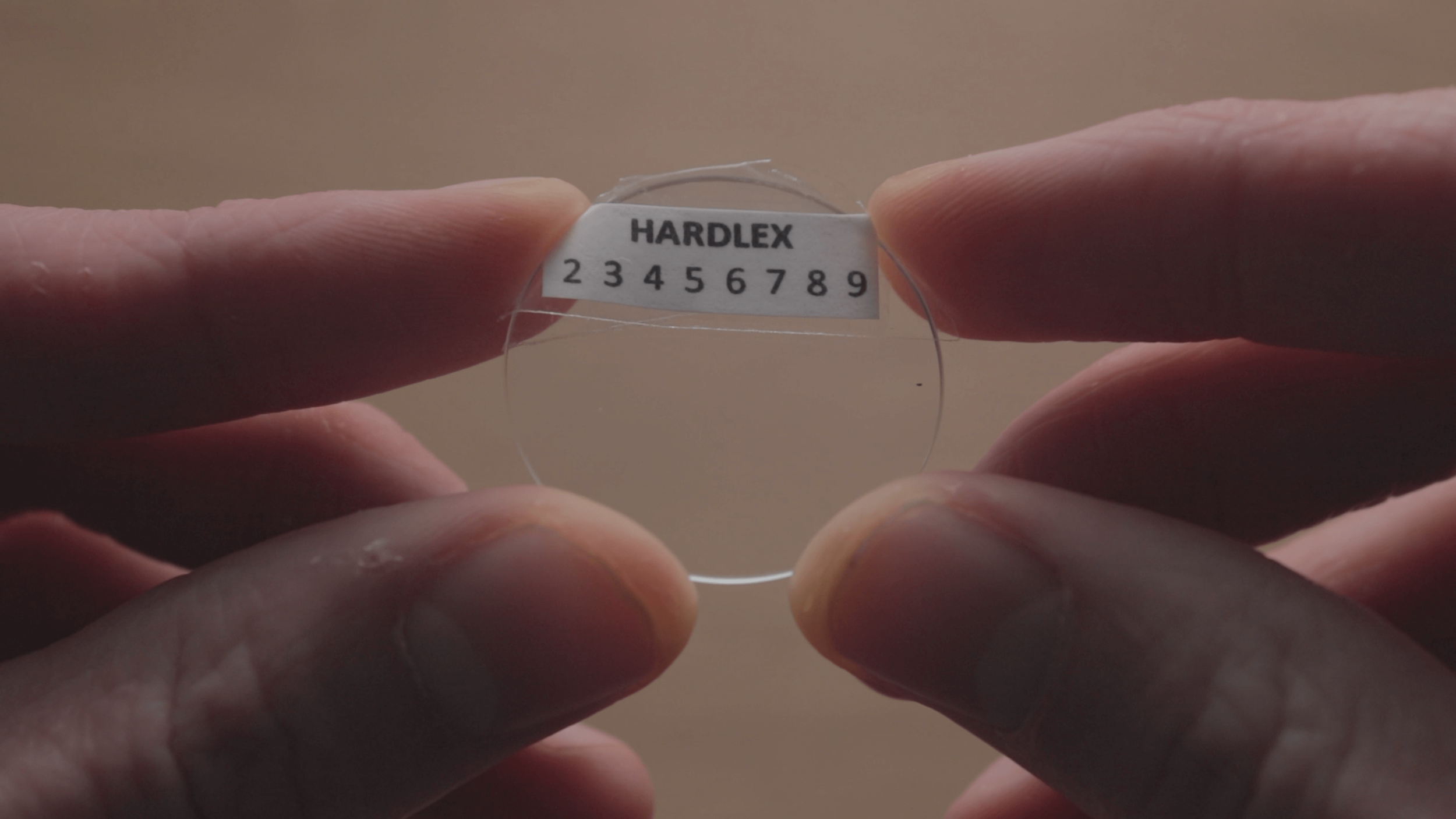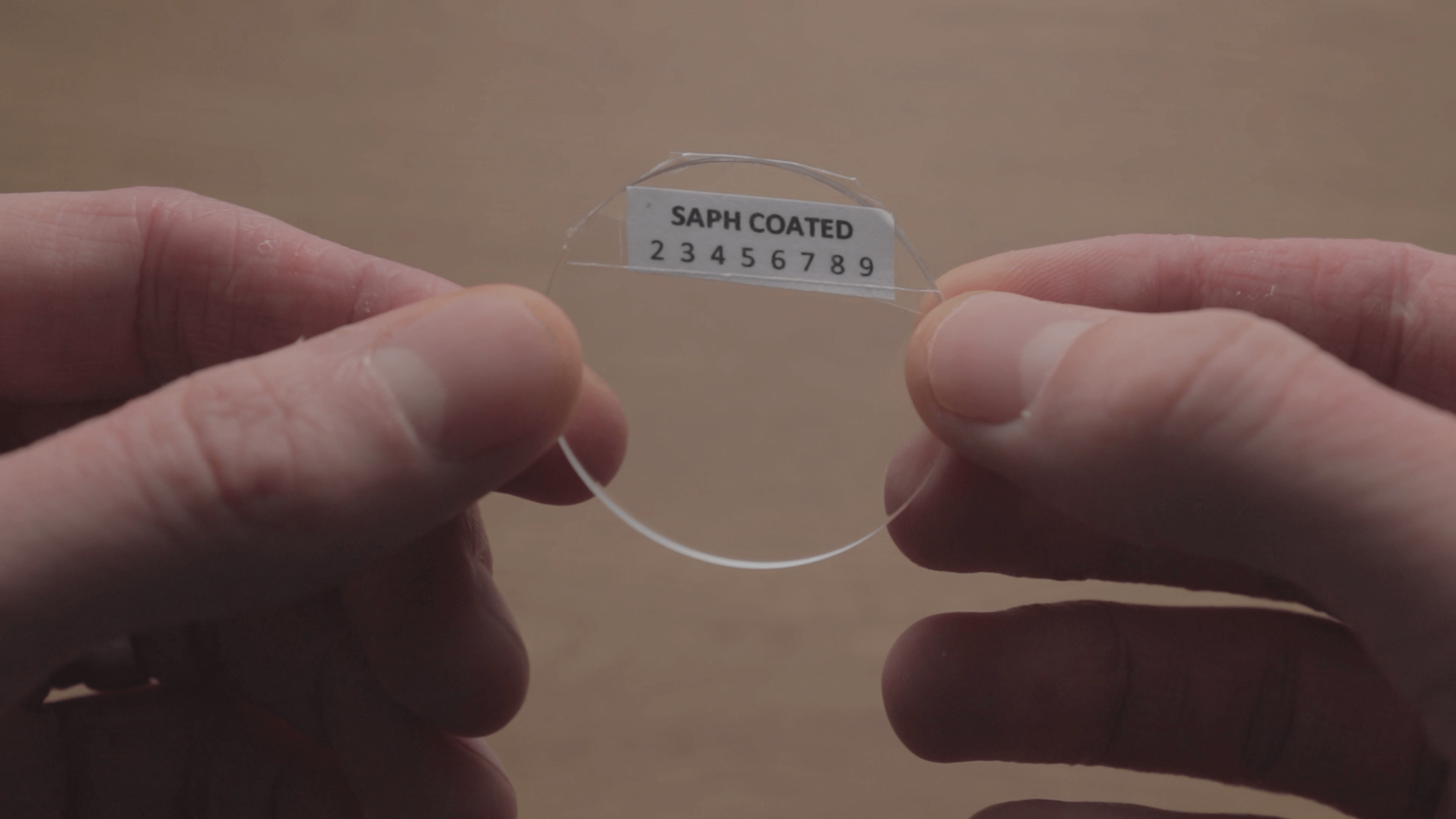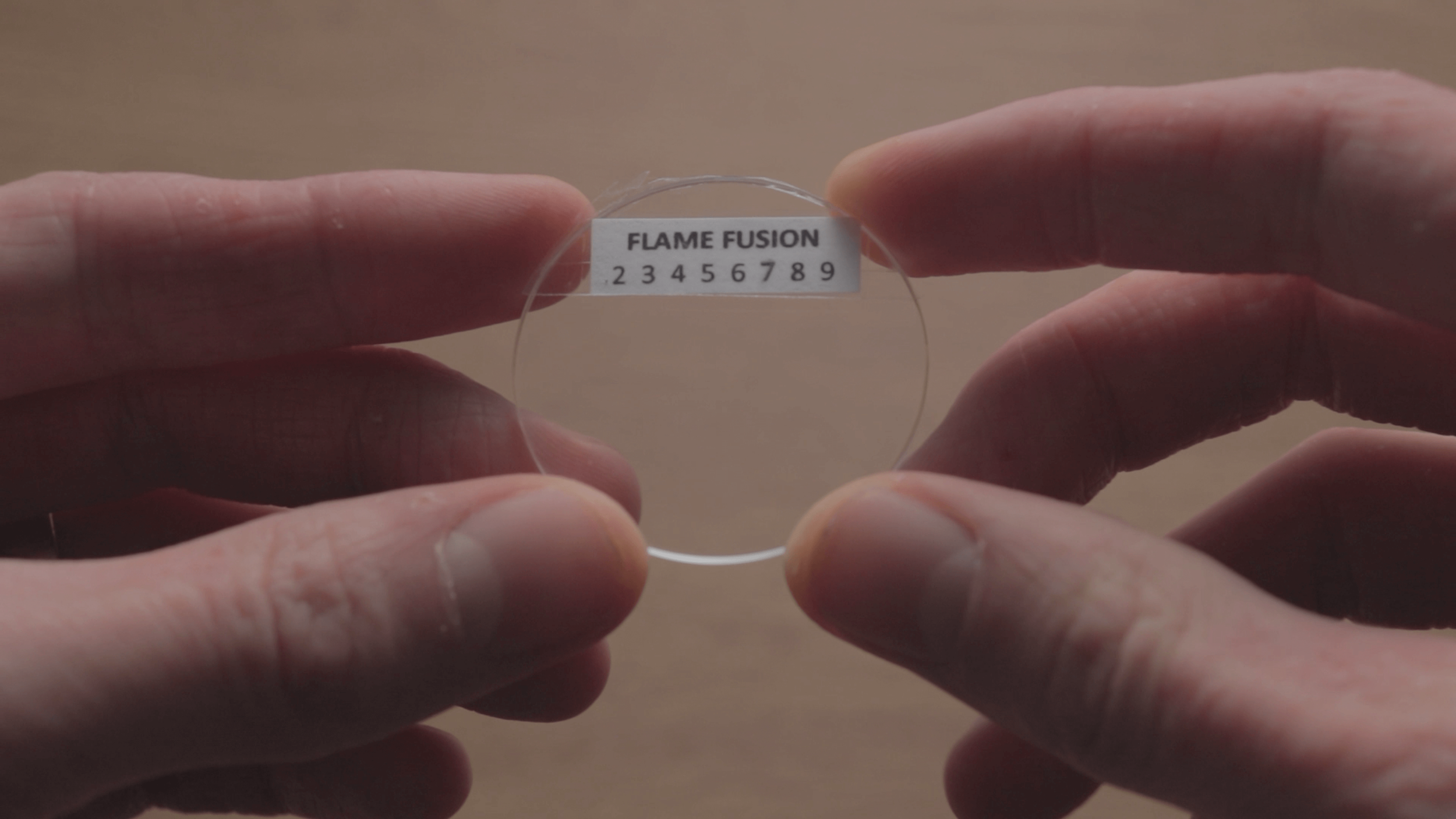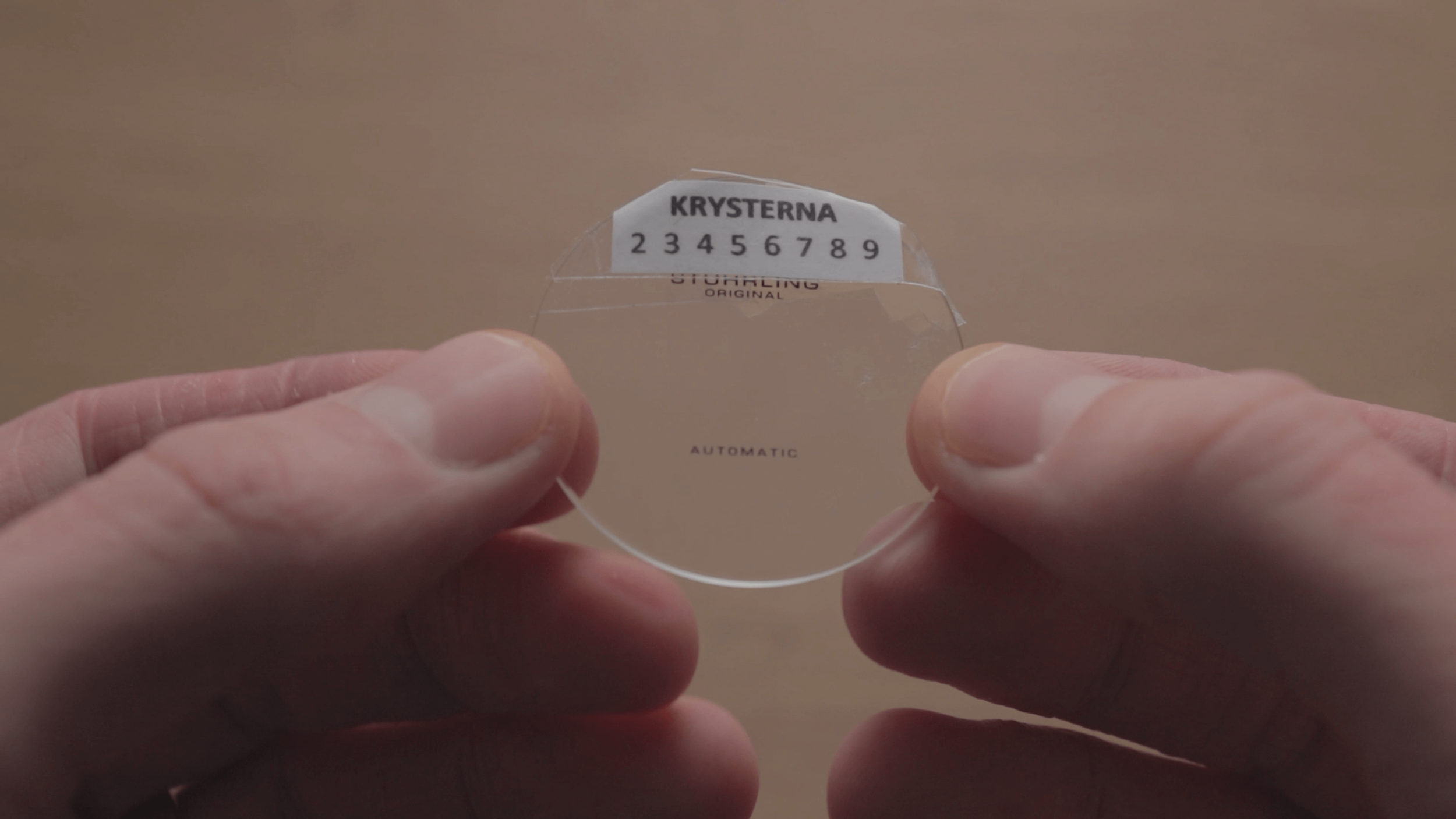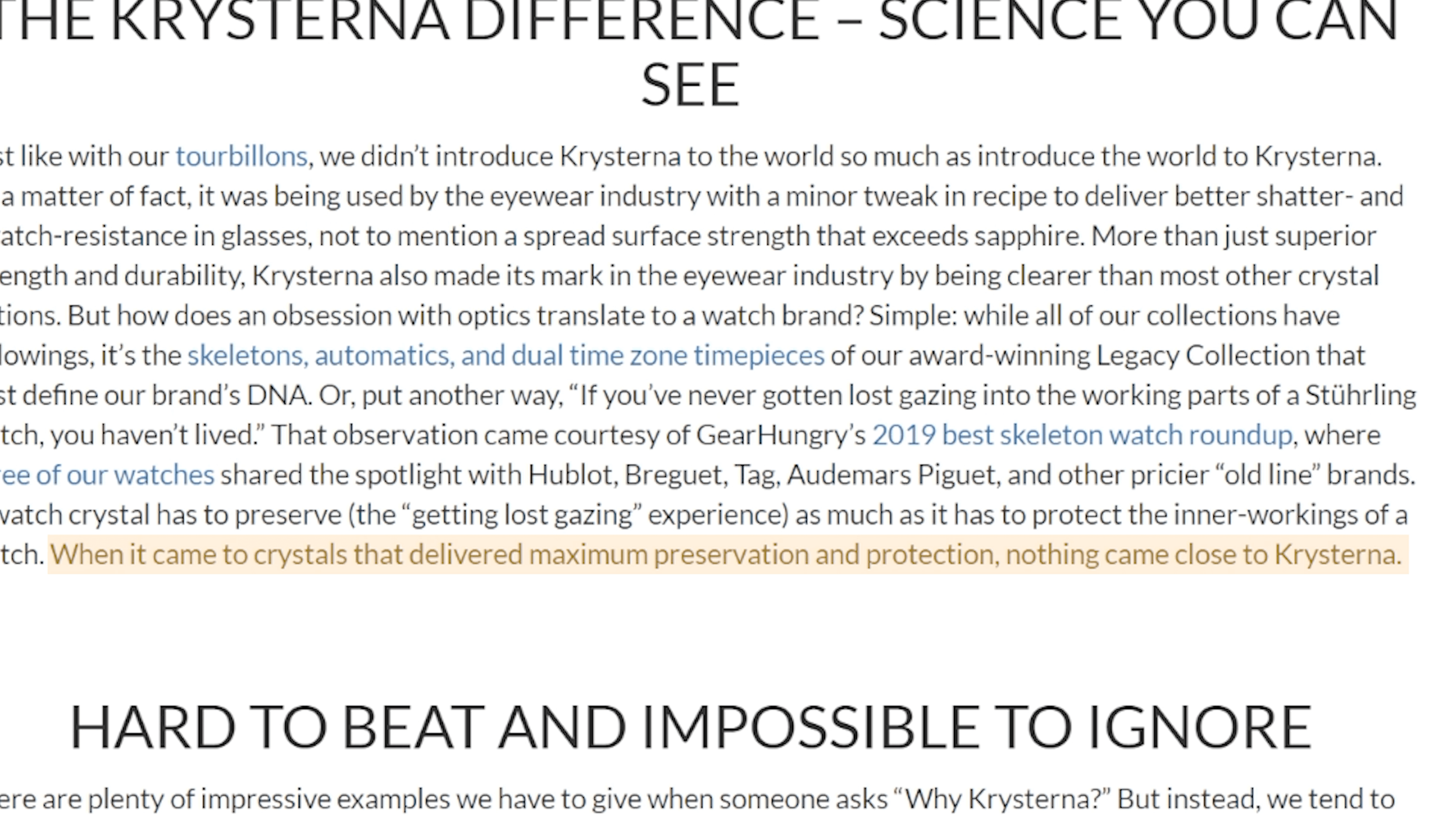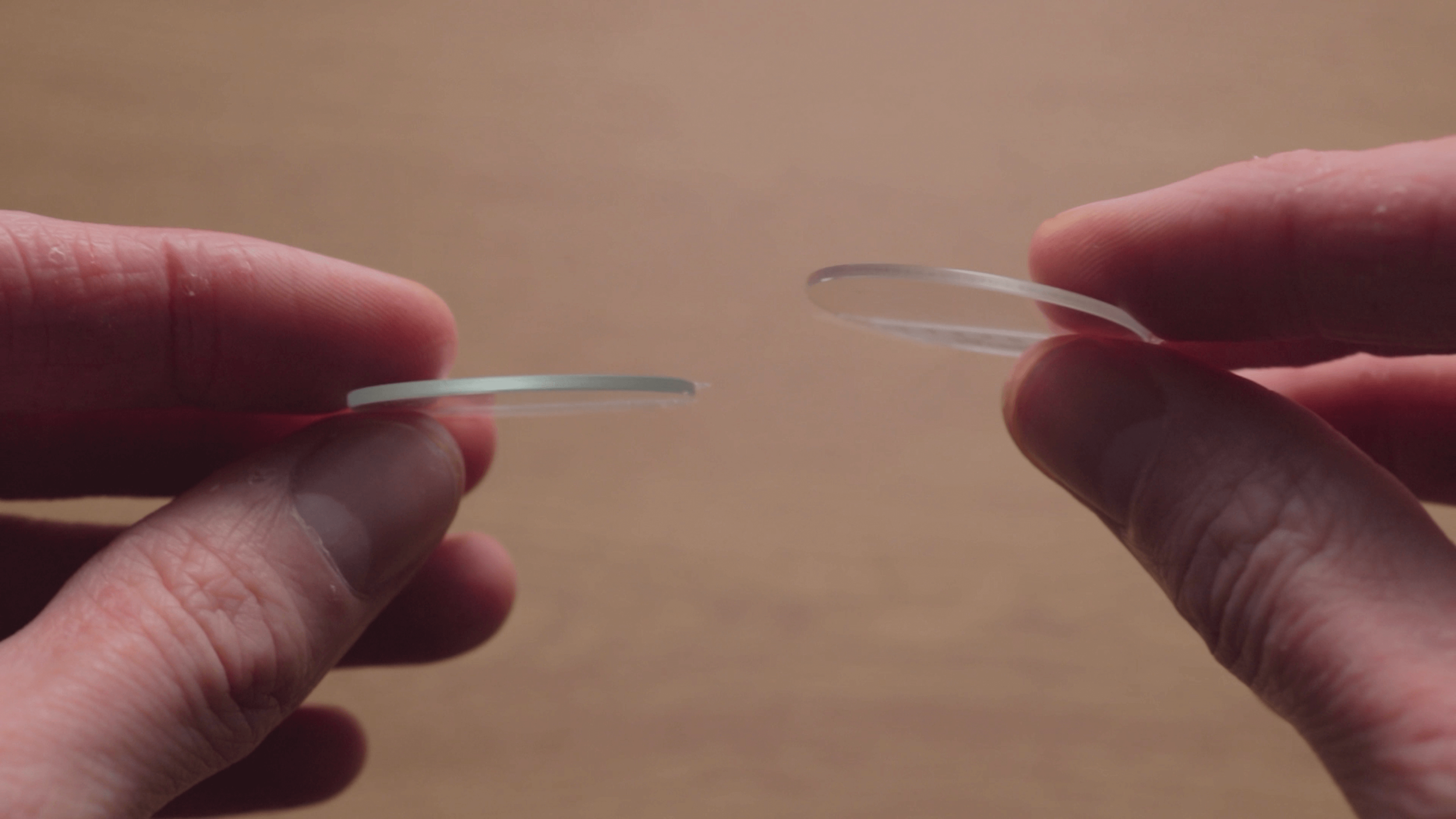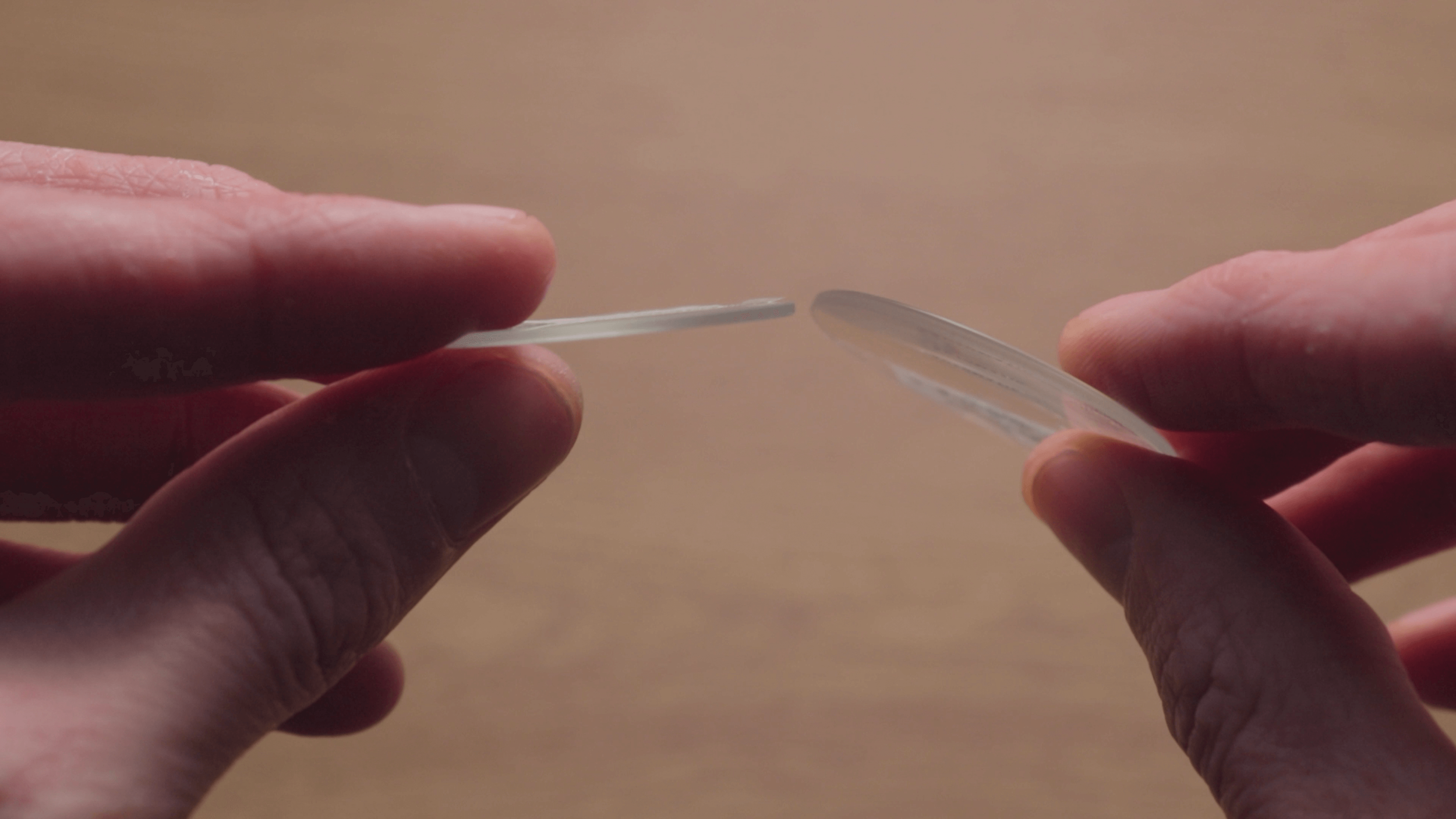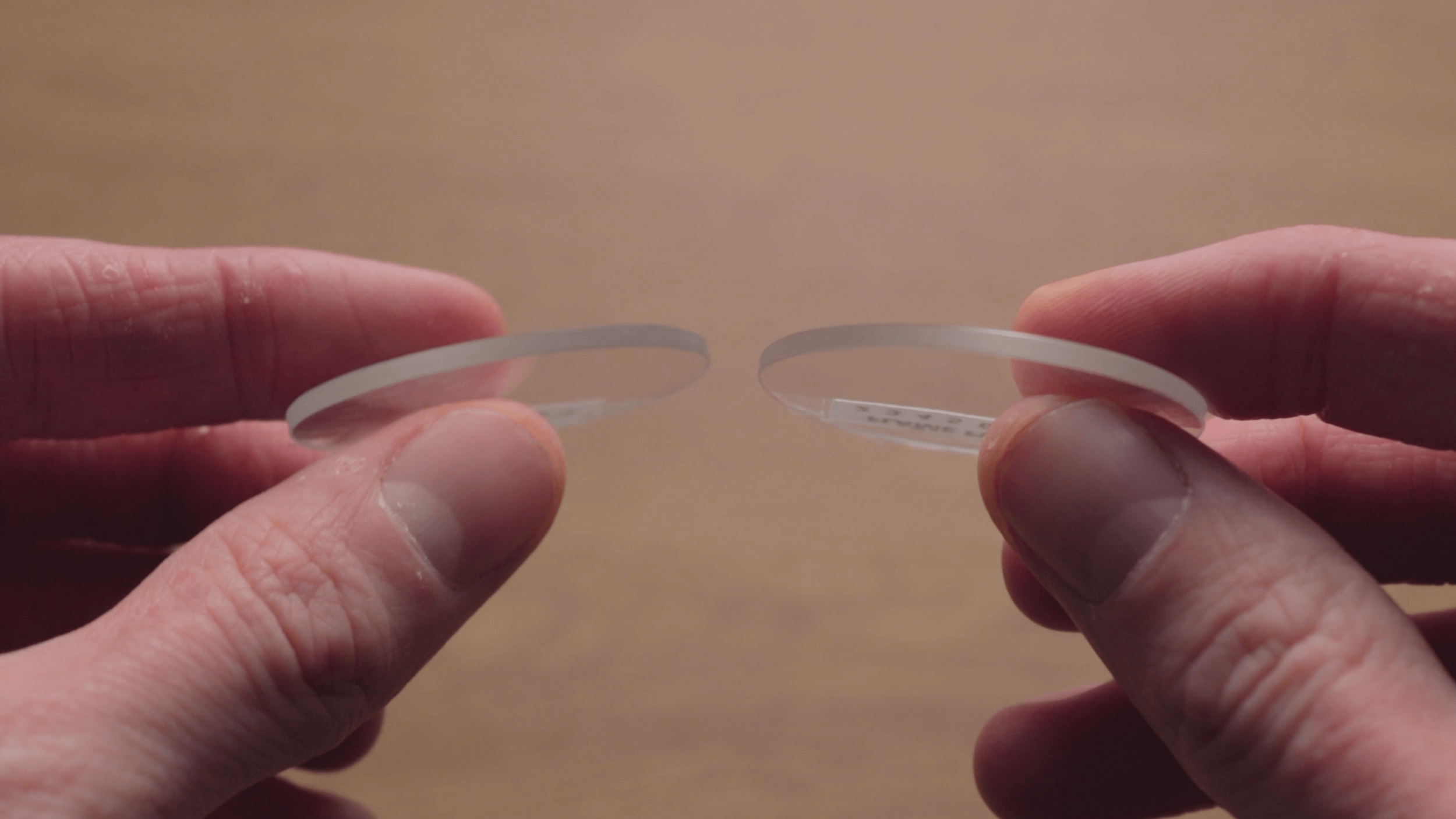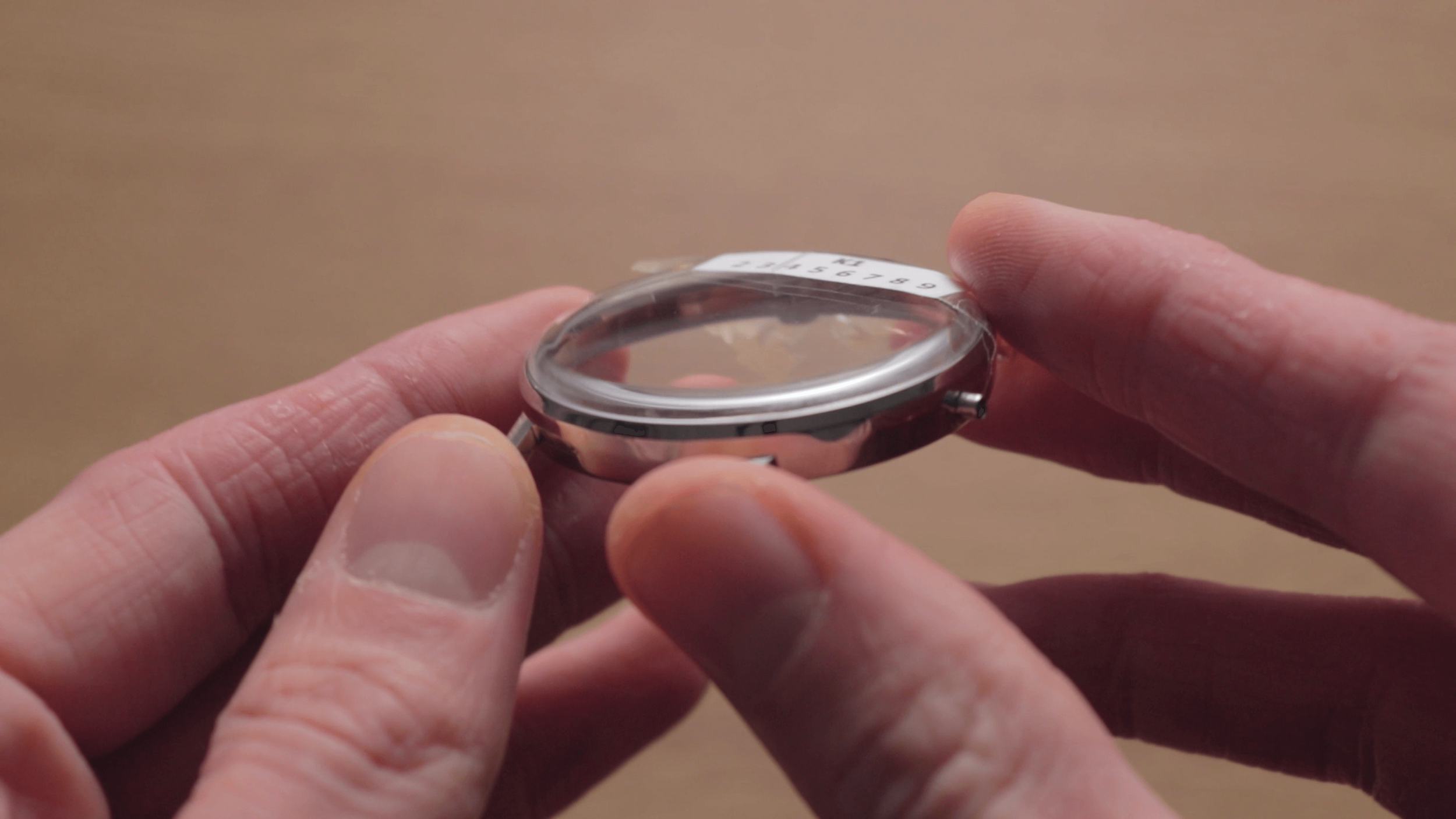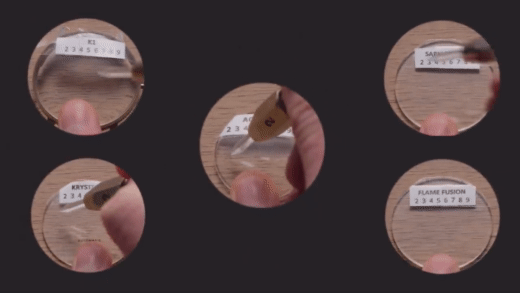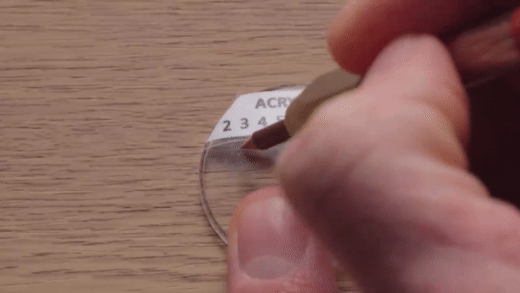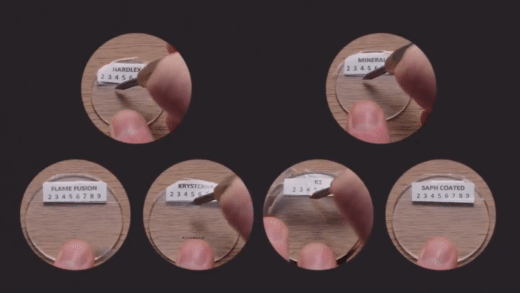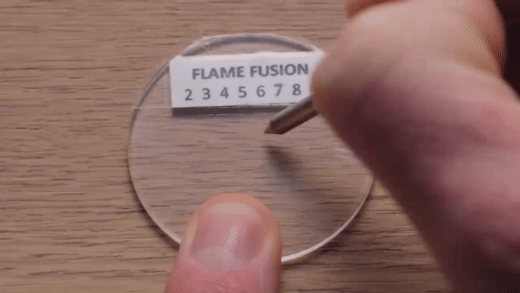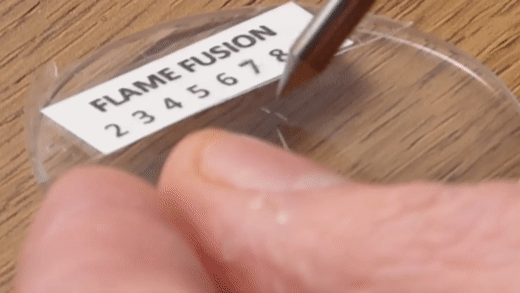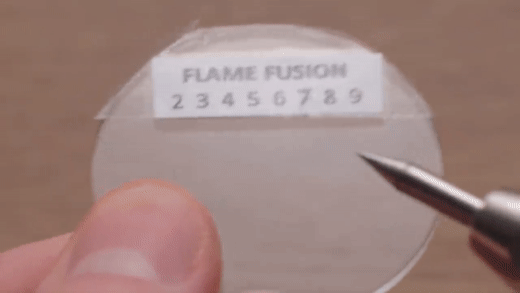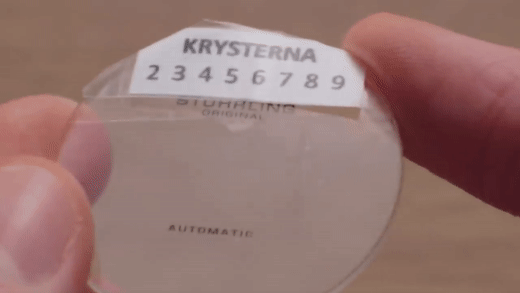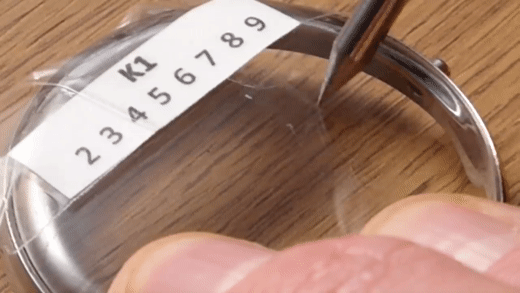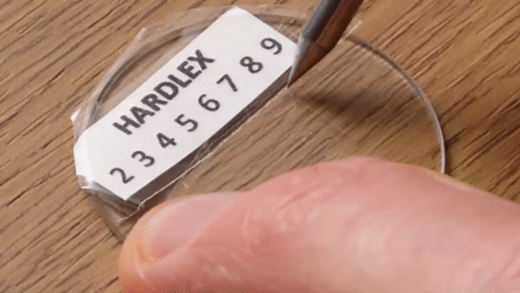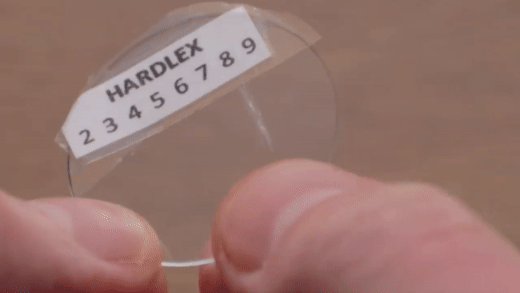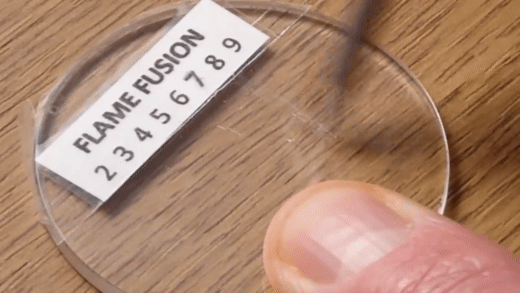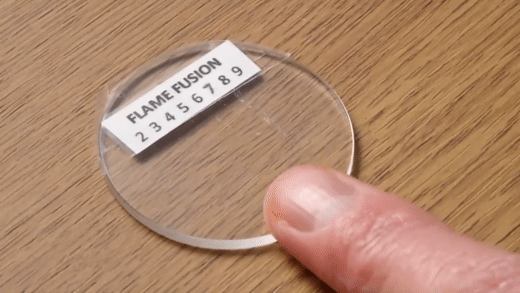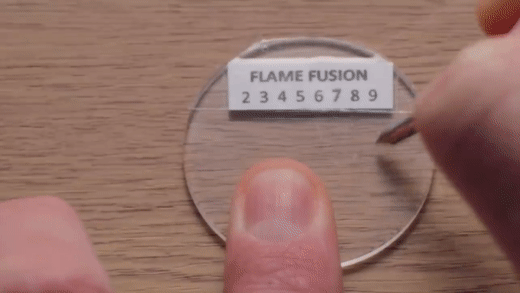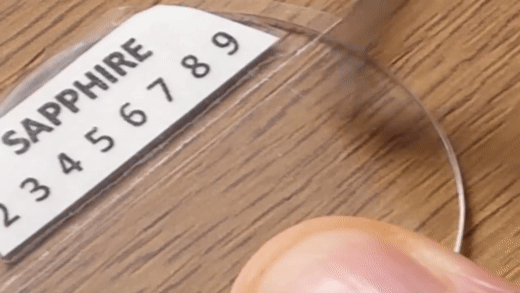Special Watch Crystals Scratch Tested: Hardlex, Flame Fusion & Krysterna
Is your favorite watch brand lying to you? What is truly the hardest and best watch crystal? It's time to find out!
You've probably heard of acrylic, mineral, and sapphire. These three crystal types are commonplace in the watch world today.
Acrylic (aka plastic): cheap but scratches easily
Sapphire: virtually impossible to scratch but is the most expensive
Mineral (aka glass): falls somewhere between acrylic and sapphire in terms of performance
Standard acrylic vs mineral vs sapphire crystals
Proprietary crystals
Over the years, some watch companies have jumped ship and abandoned these standardized materials in favor of proprietary alternatives. Most of these obscure crystals have imposing names and are bragged about by their respective manufacturers as being new, innovative materials, yet little is really known about their performance.
Until today, that is!
METHODOLOGY
I've got hold of a Mohs hardness test kit, as well as a variety of watch crystals, to conduct some semi-scientific research. This kit comes with four double-sided picks, numbered from '2' to '9', referring to the Mohs hardness scale. The harder a material is, the higher numbered pick you'll need to scratch it.
Mohs hardness test kit
Mohs hardness picks ‘2’ and ‘6’
For example, wood has a hardness rating of 1 to 1.5, so even the softest number '2' pick will scratch it without issue. Knife blades, however, have a Mohs hardness rating of approximately 5.5, meaning picks' 2' through '5' aren't hard enough to cut it. You'd need to use something with a hardness of 5.5 or higher to scratch it. With this test kit, that means pick '6' or above.
Pick number '9', the hardest in this kit, can scratch everything except diamond and a couple of other rare compounds whose Mohs ratings are above 9.
I'll be using these picks to see at what number each of these crystals begins to scratch, so we can determine which are the most scratch-resistant and how they measure up versus their respective marketing promises. We'll then also test them with some more day-to-day objects that your watch may come into contact with.
THE CRYSTALS
As controls, we have pieces of standard acrylic, mineral, and sapphire glass.
What Is K1 Crystal?
K1 has been used for years and doesn't appear to originate from a single supplier (though American conglomerate 3M makes glass bubbles of the same name).
K1 hardened mineral crystal
K1 hardness claims - Credit: Davosa
Most sellers describe this as heat-treated mineral glass, which is much harder and more scratch resistant than standard mineral glass, though others, such as Davosa, say this is made by grinding rather than heating. Some even advertise it as the “best of both worlds” when it comes to dial protection. On their site, Davosa assigns this a Mohs hardness rating of 'around 6' compared to the 4 of regular mineral glass. This sample was taken directly from an Iron Annie quartz watch.
What Is Hardlex Crystal?
Hardlex is a crystal often used by Seiko in their non-luxury watches. It's generally known to be a type of hardened mineral crystal, though I couldn't find any documentation from Seiko themselves.
Hardlex crystal
I emailed their UK marketing team to see if they could give me more information, and they eventually got back to me with the following:
“Hardlex is a proprietary formula inorganic tempered glass, it is tougher than mineral glass or acrylic”
So, not a very detailed response, but they're also not claiming anything too extreme either.
What is Sapphire Coated Mineral Crystal?
Next, there is sapphire-coated mineral crystal. This mineral crystal has been laminated with a layer of sapphire to improve its performance. This is currently used in some watches produced by Swiss manufacturer Victorinox and their sub-brand Wenger. Some users online say these are virtually scratchproof. This went by the name 'Sapphlex' when Seiko used it.
Information about this is also hard to come by. I've pulled this piece straight from a Wenger dress watch.
What Is Flame Fusion Crystal?
There's no shortage of information about 'Flame Fusion' crystal. In the words of Invicta's ShopHQ guest host Ryan Johnson, Flame Fusion crystal is their own type of crystal that "incorporates both mineral and sapphire crystal" and boasts "the impact resistance of mineral" as well as "the scratch resistance from sapphire." Invicta even puts the slogan "Invincible In Detail" on its packaging, whatever that means.
Flame Fusion crystal
Interestingly, the first commercially successful method of manufacturing synthetic gemstones like sapphire was sometimes known as 'flame fusion.' Does that mean that flame fusion crystal is actually sapphire? Or is it just a misleading nickname used to describe a coated mineral crystal?
I removed this crystal from an Invicta Aviator.
What Is Krysterna Crystal?
The final contender comes in the form of 'Krysterna,' the crystal used exclusively by American brand Stuhrling and its subsidiary Akribos. Stuhrling makes many bold claims about this material, marketing it as a "clearer, smarter sapphire." They say it's more durable than mineral glass, and when it comes to "delivering maximum preservation and protection, nothing comes close to Krysterna."
Krysterna crystal
Some of Stuhrling’s claims about Krysterna
It's rumored online that this is another type of mineral crystal with a fancy coating. Oddly, despite being marketed as their in-house material, Stuhrling says they created it via the Verneuil process, the same as Invicta's Flame Fusion crystal and regular synthetic sapphire. I wonder which will score the highest? This sample was taken from the Stuhrling Winchester I reviewed not too long ago.
PREDICTIONS
I'll give you a moment to decide which you think will be the winner. Have you got an answer in your head? I'm writing this before testing; I'd be surprised if any of these are significantly better than mineral, let alone sapphire!
Let's start the itchy and scratchy show, shall we?
EARLY FINDINGS – PROPRIETARY CRYSTAL SECRETS REVEALED?
After extracting the proprietary crystals from their respective watches, I noticed some differences that may reveal the secrets of their formulation.
Regular mineral crystal has a notable blue hue, whereas sapphire has more of a yellow or colorless appearance; this difference is especially evident from side-on. Do any of the proprietary crystals look the same from an angle?
Blue hue of mineral crystal (left) visible alongside the translucent/yellow hue of sapphire crystal (right)
The Krysterna and Hardlex both have a light blue tinge akin to mineral crystal. Krysterna is much more subtle and is almost halfway to the color of sapphire. The sapphire-coated crystal and Flame Fusion, meanwhile, have more of the traditional translucent/yellow look of sapphire.
Hardlex (left) and Krysterna (right)
Sapphire-coated crystal (left) next to Flame Fusion crystal (right)
Unfortunately, I was unable to extract the K1 crystal from its case, so I'm unable to confirm its appearance from ninety degrees.
K1 crystal stuck in it’s case
mohs PICK #2 TESTS
All crystals passed with no issues
mohs PICK #3 TESTS
Acrylic began to scratch at this level, making it (unsurprisingly) the worst performer when scratched. All other crystals passed with no issues.
Acrylic scratching lightly at level 3
mohs PICK #4 TESTS
Acrylic started scratching deeply at this level, so was removed from our tests. All other crystals passed with no issues.
Acrylic scratching deeper at level 4 - eliminating it from the contest
All other crystals showed no scratches at level 4
mohs PICK #5 TESTS
Despite some websites having mineral crystal listed as measuring '4' on the hardness scale, it still received no visible scratches at level 5, despite me feeling some friction as I pressed into the surface. This indicates that those websites were incorrect in their assessment.
Mineral didn’t scratch at level 5
All other crystals passed with no issues.
mohs PICK #6 TESTS
At level 6, mineral crystal finally started to scratch lightly.
Mineral glass vs pick #6
Mineral glass exhibiting mild scratching at level 6
Flame Fusion crystal performed unusually; while most areas were unaffected by the pick, some small sections immediately chipped away, possibly indicating weak spots.
Flame Fusion vs pick #6
Damage visible on Flame Fusion crystal at level 6
I felt identical friction from the K1, Krysterna, and Hardlex crystals, but none exhibited visible scratches.
The remaining crystals were unaffected.
mohs PICK #7 TESTS
Mineral crystal started scratching deeply at this level; it was consequently removed from our tests.
Mineral glass vs pick #7
Mineral glass deeply scratching at level 7, eliminating it from the contest
Weirdly, the Flame Fusion crystal survived the level 7 pick better than the level 6 pick, with no chips this time and only microscopic marks in exchange. Perhaps there were no weak points in this section of the crystal, hence the outlying result?
Flame Fusion vs pick #7
Flame Fusion exhibiting less deep grooves at level 7 than level 6
K1 exhibited the occasional mark at this level, in a similar vein to how Flame Fusion performed at level 6.
K1 exhibiting the occasional scratch vs pick #7
While I felt increased friction with both Krysterna and Hardlex, neither exhibited any visible scratches.
The other crystals were completely unaffected.
mohs PICK #8 TESTS
At level 8, Krysterna, K1, and Hardlex all began scratching deeply; all three were eliminated from our test at this stage.
Krysterna vs pick 8
Krysterna showing deep scratches at level 8
K1 vs pick 8
K1 showing deep scratches at level 8
Hardlex vs pick 8
Hardlex showing deep scratches at level 8
Flame Fusion crystal scratched again at this level. To the human eye this was surprisingly not quite as deep as Krysterna, K1, or Hardlex.
Flame Fusion crystal vs pick 9
Flame Fusion showing moderate scratches at level 8
Sapphire-coated crystal scratched very lightly at this level, signficantly less than Flame Fusion or the other proprietary materials.
Sapphire coated cystal vs pick 9
Sapphire coated crystal showing light scratches at level 8
Sapphire remained unaffected at this level.
mohs PICK #9 TESTS
The Flame Fusion and sapphire-coated crystals started scratching deeply at this level. If anything, the Flame Fusion crystal scratched less frequently than the sapphire-coated crystal, but when it did, the scratches were more profound. These two would have been eliminated here had the test continued.
Flame Fusion scratching deeply at level 9
Sapphire coated crystal scratching deeply at level 9
Sapphire started to scratch very lightly with pick #9. It was far less noticeable than the other two at this level and would have progressed to the next stage (if there were one).
Sapphire crystal vs pick 9
Sapphire crystal exhibiting very light scratches at level 9
METAL Key SCRATCH Tests
We decided to test a typical house key against the crystals. All of them, bar acrylic, survived with no marks or scratches.
Knife SCRATCH Tests
What about something sharper, like a craft knife? The results were much the same as with the key, only this time, I was able to produce tiny scratches on the Krysterna. These may have been scratches to the specialized coating, as the uncoated regular mineral glass didn't scratch at all with the knife. These marks were hard to spot, nonetheless.
Krysterna crystal vs knife scratch test
Krysterna crystal exhibiting light scratches and chips from the knife
TIER LIST
Watch crystal tier list based on our test results
S-Tier (Best):
Sapphire crystal – In our scratch tests, sapphire was the runaway winner
A-Tier:
Sapphire-coated crystal – This crystal performed better than expected and was the best out of the proprietary crystals (when it comes to scratch resistance).
B-Tier:
K1, Krysterna, Hardlex – These crystals performed nearly identically in our tests. Each survived the scratch tests better than standard mineral, achieving results one level higher on average. Given the extremely bold marketing for Krysterna in particular, this is disappointing, as the crystal fell well short of sapphire and the proprietary sapphire-coated crystal from rivals Wenger. The claims about K1 and Hardlex are more restrained, so these results are as expected.
Flame Fusion – Another in this tier is Flame Fusion. This crystal performed a little differently than the others in B-Tier, performing worse at level 6 but slightly better at level 8 and upwards. This averages out to roughly the same overall ranking.
C-Tier:
Mineral crystal – The industry standard for budget watches, mineral crystal performed reasonably, as expected.
D-Tier:
Acrylic – The lowest-cost option is the least scratch-resistant. It's to be noted that acrylic can be polished using Polywatch to remove light scratches.
WHICH WATCH GLASS IS BEST?
Our Mohs hardness tests have proven that sapphire crystal is the best for preventing scratches. All proprietary watch crystals we tested (K1, Hardlex, Sapphire-coated, Krysterna, and Flame Fusion) exhibited scratches at lower levels than sapphire.
Given that scratches are more likely to occur than impacts, sapphire remains the most desirable choice for most watch buyers today. For more information on the main three glass types, check out our guide, where we go through all the pros and cons.


